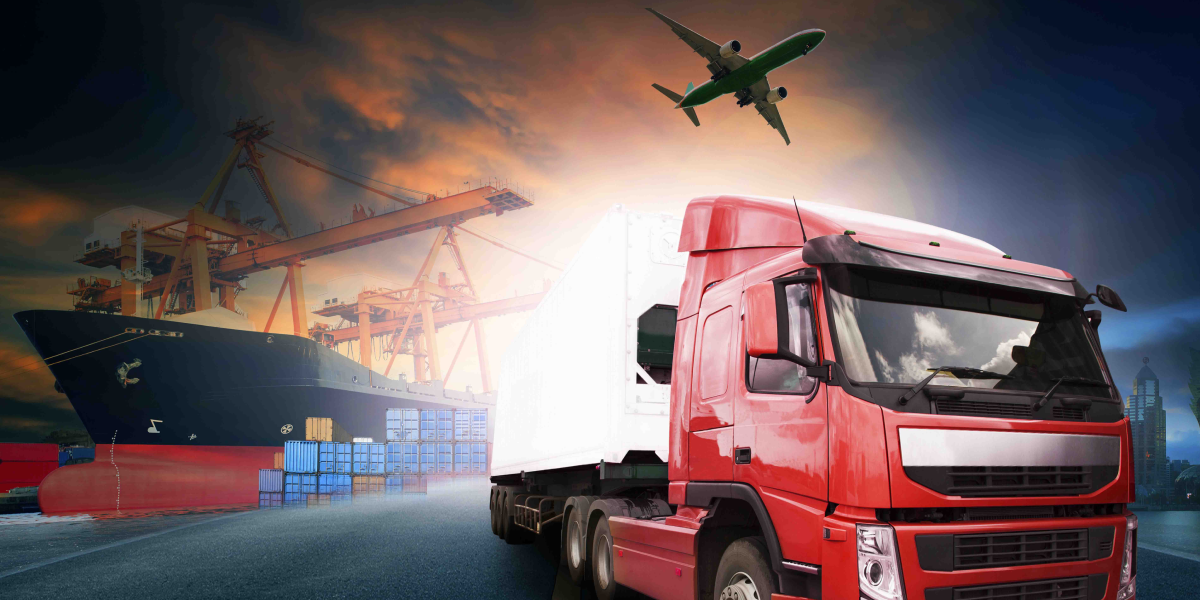
Table of Contents
Introduction
Safety in transportation and logistics includes all the protocols, measures, and regulations implemented to ensure the secure and efficient movement of goods and people. Safety in logistics is crucial for preventing accidents, injuries, and fatalities, as well as for protecting valuable cargo from damage or theft.
Safety in transportation is crucial today. From vehicle checks to driver safety, every aspect of logistic safety must be considered. Proper road signs, road health, proper markings, speed limits, cameras, and more can escalate health and safety in logistics.
Unfortunately, we cannot control everything. Sometimes, accidents are bound to happen. This can be influenced by bad weather, not making quick decisions or vehicle malfunctioning.
In fact did you that,
According to a news report by CNN, an oil tanker overturned in Bahawalpur, Karachi, Pakistan, on June 25, 2017, as its tires burst. Around 1:00 GMT, the driver lost control of the truck, carrying 40,000 liters of fuel from Karachi to Lahore, while trying to make a sharp U-turn. The news of the accident quickly spread to the nearby village of Ramzanpur Zoya, as they were alerted via a loudspeaker.
Ignoring the sheer attempts of the police, a large number of men, women, and children gathered at the site to collect leaking petrol. Ten minutes later, the truck exploded after the leaked fuel caught fire from the damaged container, killing 153 people and leaving many injured. The death toll has risen to 219, with 34 others being treated as of 11 July 2017.
The cause of the above accident involved two factors: the truck’s veering and the driver’s lack of awareness of the grievous consequences of an explosion.
Now, the above incident would not have been so hazardous if the ones on the site had been aware of the aftereffects. But how do you educate one and all about logistics safety?
Learn how incident and near-miss recreation videos can help prevent tragedies by visually analyzing and understanding root causes.
Well, this is easier than you think. Safety in the logistics industry can be taught to the mass public through various mediums, including ads, pamphlets, brochures, banners, and more. The ones involved in transportation can be trained rigorously to follow rules and respond to emergencies.
Let us talk in-depth about this.
Animated safety videos are a powerful tool to communicate life-saving safety information in a clear and engaging format.
Conclusion
We understand that transportation and logistics safety involves a wide range of considerations but effective safety practices not only safeguard the workforce and the public but also enhance operational efficiency and reliability.
By prioritizing safety, transportation industry safety companies can reduce the risk of incidents, improve customer satisfaction, and maintain a positive reputation. This proactive approach ultimately contributes to the overall stability and success of the supply chain and transportation networks.
Give your workforce a safer start with our induction safety animations for employees, contractors, and visitors.



